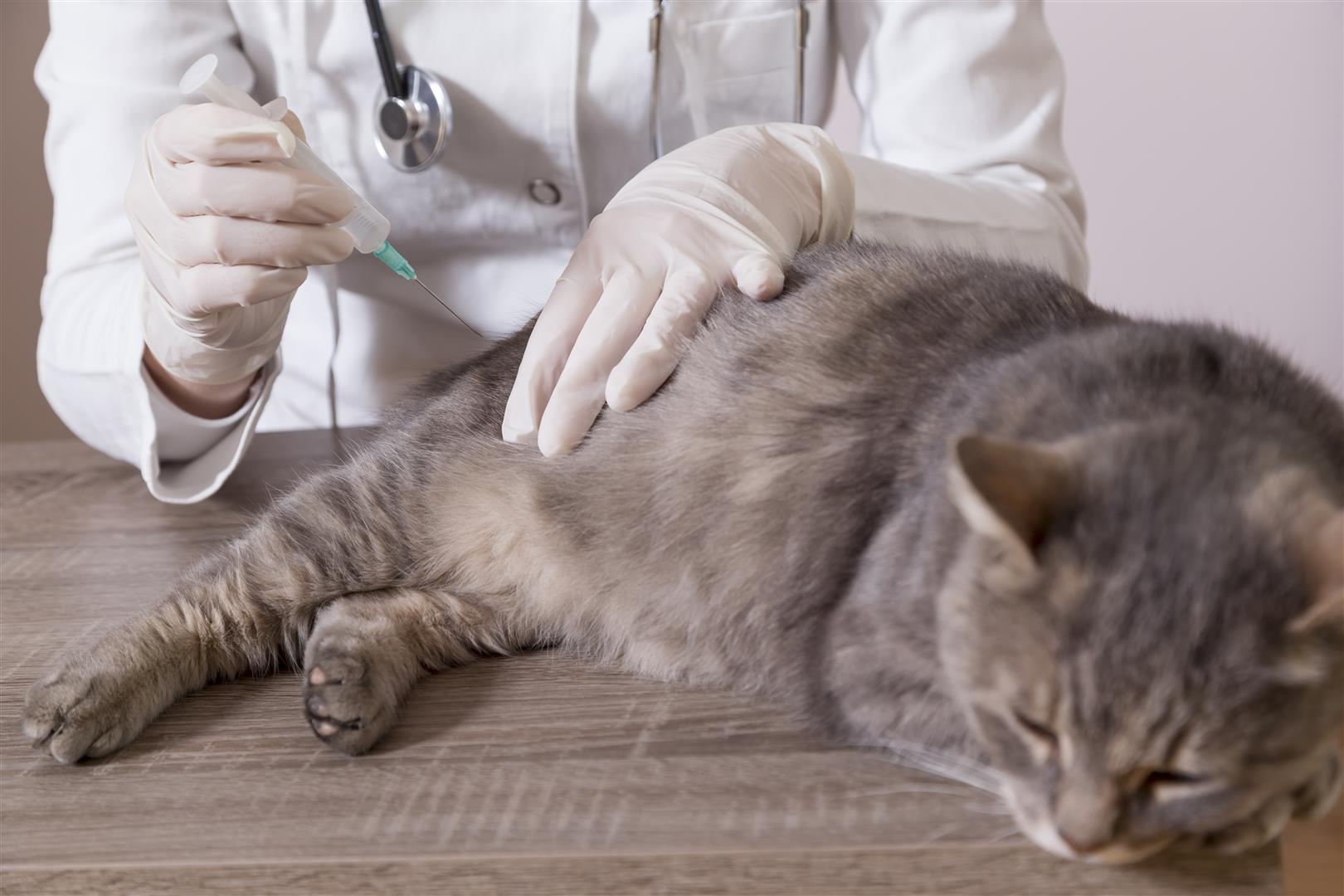Onondaga County Health Commissioner, Dr. Indu Gupta announced today that a fox in Onondaga County has tested positive for rabies. Three residents were exposed to rabies as a result of an encounter with the rabid fox; however, there are no human cases of rabies in Onondaga County. So far in 2019, five animals (two bats, one cat, one raccoon, and one fox) have tested positive for rabies in Onondaga County.
Dr. Gupta stresses, “This is the time of year that the public may encounter wildlife. It is important not to touch or feed wildlife because they may be rabid.” Protecting yourself from rabies is important year-round. Rabies is a fatal disease that attacks the brain and spinal cord. It can take several weeks to several months for rabies symptoms to appear. Although there is no treatment for rabies, it is PREVENTABLE in both human and pets.
Prevent Rabies in Your Pet and Yourself
- Make sure rabies vaccinations are up-to-date for all your pets (dogs, cats, and ferrets). New York State Public Health Law requires that all puppies and kittens get their initial shot at three months of age, the first booster shot within 1 year after the initial shot, and then a booster shot every three years. Ferrets must get a shot every year.
- Maintain control of your pets. Keep cats and ferrets indoors and keep dogs under direct supervision.
- Make sure to wear gloves before tending to your dog after a fight with a wild animal. Don’t forget to consult a veterinarian for further care.
- Call your town or local municipality for assistance or guidance on how to remove stray or wild animals from your neighborhood.
- Never try to approach nor pet a wild or unfamiliar animal, including stray cats.
- Do not bring a wild animal, such as a fox, raccoon, woodchuck, or skunk, etc. into your home or treat them as pets.
Teach Children to Stay Safe Around Animals
- Supervise children while interacting with animals.
- Respect a dog’s space. Never approach a dog, especially one that is tied or confined behind a fence or in a car. Be cautious around strange dogs. Don’t pet a dog—even your own—without letting it see and sniff you first.
Protect your Family from Bats
About 5 percent of bats may carry rabies, so take steps to keep bats out of your house:
- Bat-proof your home. Look for holes in places like the garage, attic, and basement and plug them with steel wool. Repair window screen holes with wire mesh and caulk any openings or cracks.
- Trap any bat found in your home—do not let it escape outdoors. Before trapping the bat, protect yourself with gloves and a hat. Collect the bat in a container with a secure lid. For complete instructions and a video on how to trap a bat visit: net/health/env/rabies.html.
- Once the bat is caught, call the Animal Disease Control Program at 315.435.3165 to bring the bat in for testing at our location at 4170 Route 31, Clay, NY 13041.
- If you cannot trap the bat, call a local trapper for assistance.
Vaccinate Your Pets
Onondaga County Health Department offers rabies shot clinics at many locations throughout Onondaga County. Upcoming 2019 clinics include:
- Thursday, August 1, 5 to 7 pm Village of Minoa DPW, 100 Kalin Drive, Minoa
- Thursday, August 15, 5 to 7 pm Lucy’s Church, 432 Gifford Street, Syracuse
- Monday, September 9, 5 to 7 pm Cicero Parks & Rec. Garage, 8236 Brewerton Road, Cicero
All shots are free for Onondaga County residents. A voluntary donation per family is appreciated. Additional rabies shot clinics will be offered throughout the year. For a complete clinic schedule call 315.435.3280 or visit: ongov.net/health/documents/RabiesClinicSchedule.pdf.
If You are Bitten by a Wild or Unfamiliar Animal
If you or a family member are bitten, or exposed to the saliva of a wild or unfamiliar animal, first wash any wounds with soap and water and seek medical treatment if necessary. Next, call the Animal Disease Control Program at 315.435.3165 for guidance regarding concern for rabies. More information on how to address animal bites and other frequently asked questions (FAQs) can be found at: ongov.net/health/env/documents/RabiesFAQ.pdf
For more information about rabies prevention call 315.435.3165 or visit:
ongov.net/health/env/rabies.html
health.ny.gov/diseases/communicable/zoonoses/rabies/
cdc.gov/rabies/

